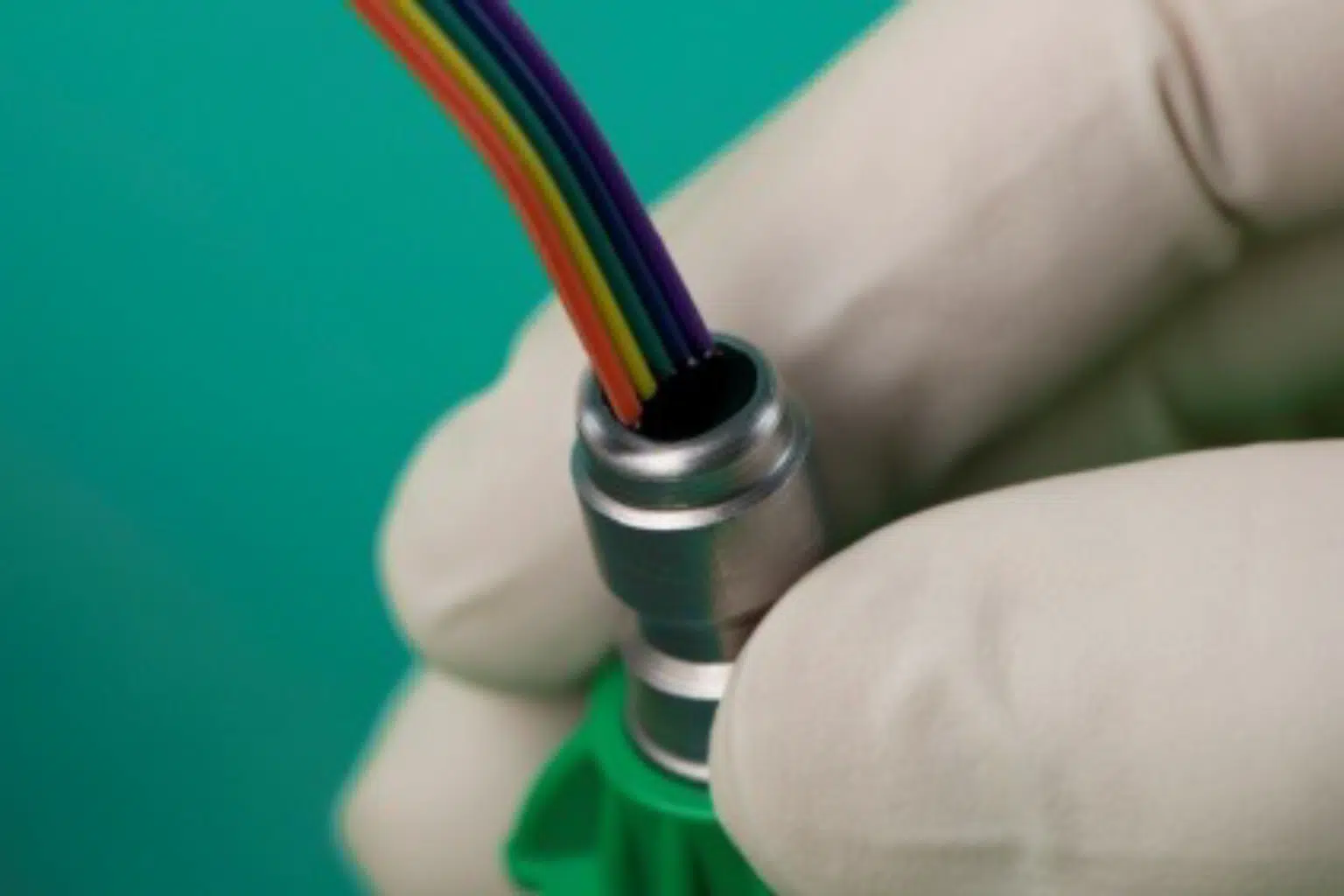UL 1203 certified epoxy for Explosion-Proof and Dust-Ignition-Proof Electrical Equipment for Use in Hazardous Locations
Underwriters Laboratories (UL) 1203 is defined as the “Standard for Explosion-Proof and Dust-Ignition-Proof Electrical Equipment for Use in Hazardous (Classified) Locations”. To certify an epoxy for the UL1203, sample castings are exposed to saturated vapors in air for the following chemicals:
| Acetic acid (glacial) | Ethyl acetate | Methyl ethyl ketone |
| Acetone | Ethylene dichloride | Methanol |
| Ammonium hydroxide (20% by weight) | Furfural | 2-nitropropane |
| ASTM reference fuel C | N-hexane | Toluene |
| Diethyl ether |
UL then assesses the performance of each set of castings in the manner described above: for 168 hours of exposure to the chemicals noted. After exposure to these vapors, the castings in groups of 6 are observed for discoloration, swelling, shrinking, crazing, cracking, leaching, and dissolving. Also, the crushing force needs to be not less than 85 % of the original value in order for the product to be deemed to be suitable for use without exception.
Master Bond EP41S-6: Tested for UL1203
Master Bond EP41S-6 is a two part epoxy system, which resisted each and every chemical without exception, and therefore is suitable for use in Class I, Division 1, Groups A, B, C, and D, and Class II, Division 1, Groups E, F, and G, in accordance with the NEC (National Electrical Code), NFPA 70 (National Fire Protection Association).
The NEC classifies potentially explosive environments into 3 distinct classes: fire or explosion hazards from:
Class I – flammable gases, vapors or liquids,
Class II – combustible dusts, and
Class III – ignitable fibers.
Division 1 represents an area where flammable or hazardous conditions can exist under normal operating conditions.
Groups:
A – Acetylene,
B – Hydrogen,
C – Ethylene, and
D – Propane;
Groups:
E – Metal Dusts,
F – Carbonaceous Dusts, and
G – Non-Conductive Dusts
The optimal cure schedule for EP41S-6 is overnight at room temperature, followed by 6-8 hours of heat curing at 150-250°F. This compound features good flow properties, with a dielectric strength of 440 volts/mil for 0.125 inches thick specimens, making it ideal for sealing and potting applications for electrical feedthroughs across various industries.




